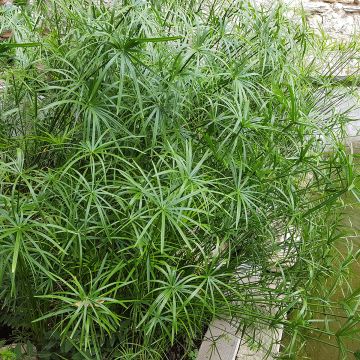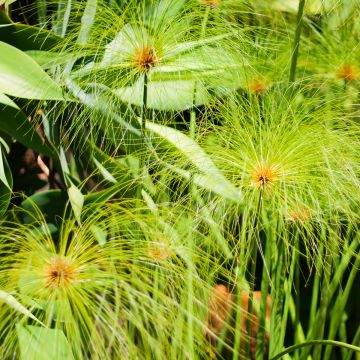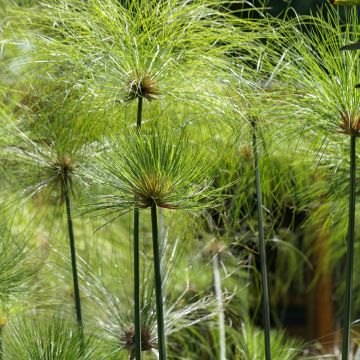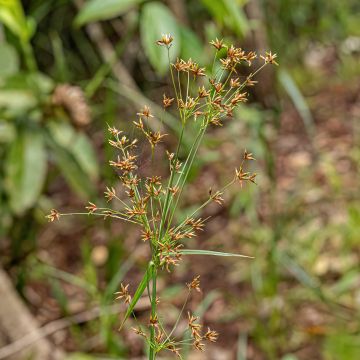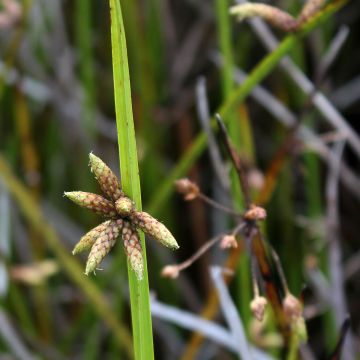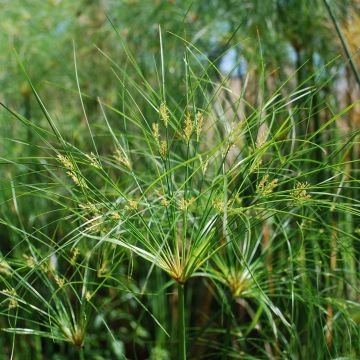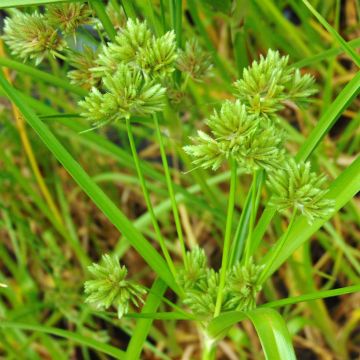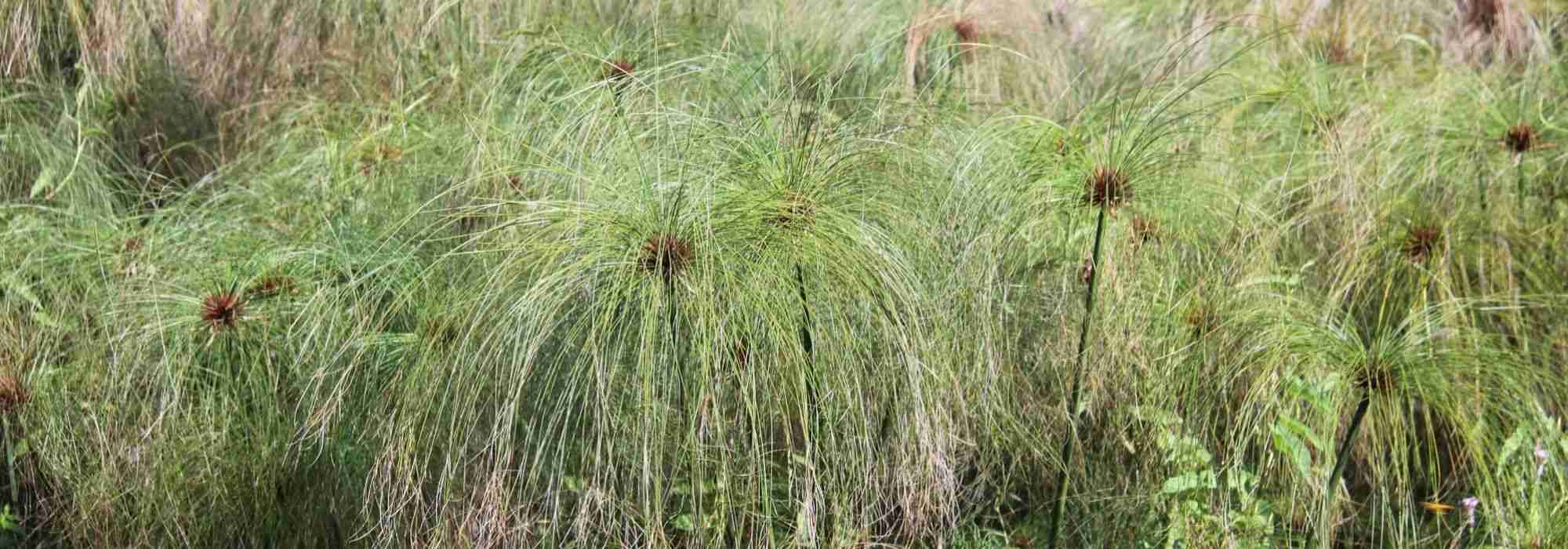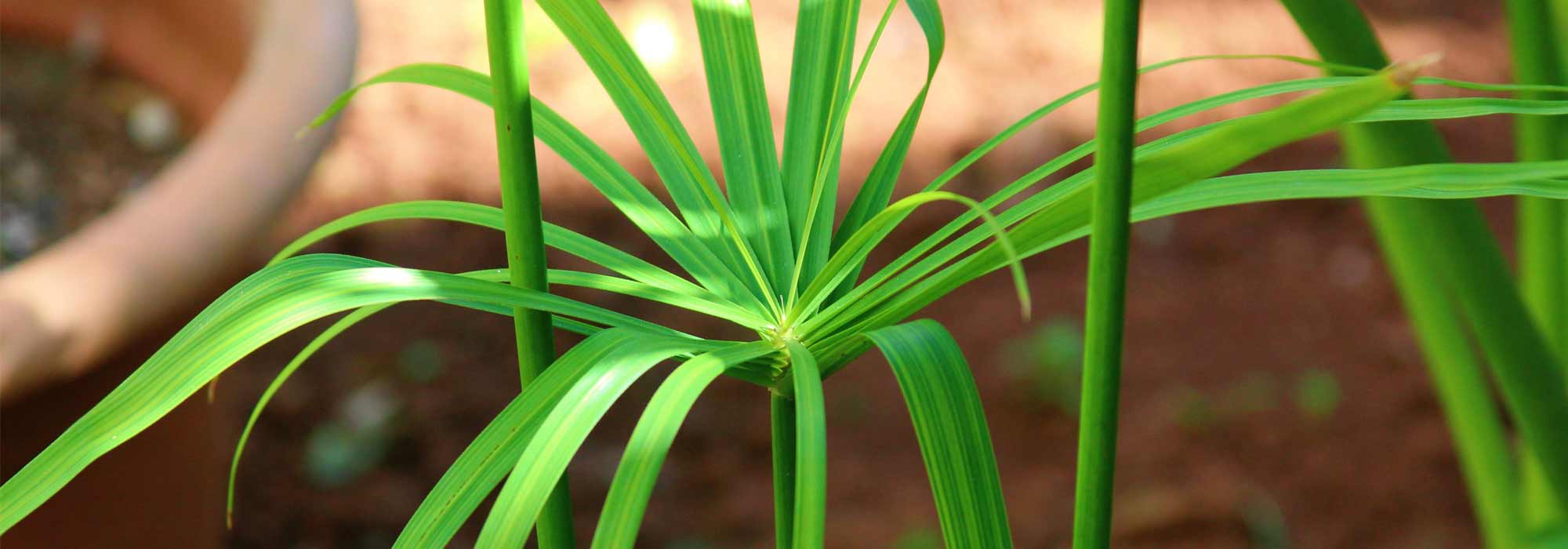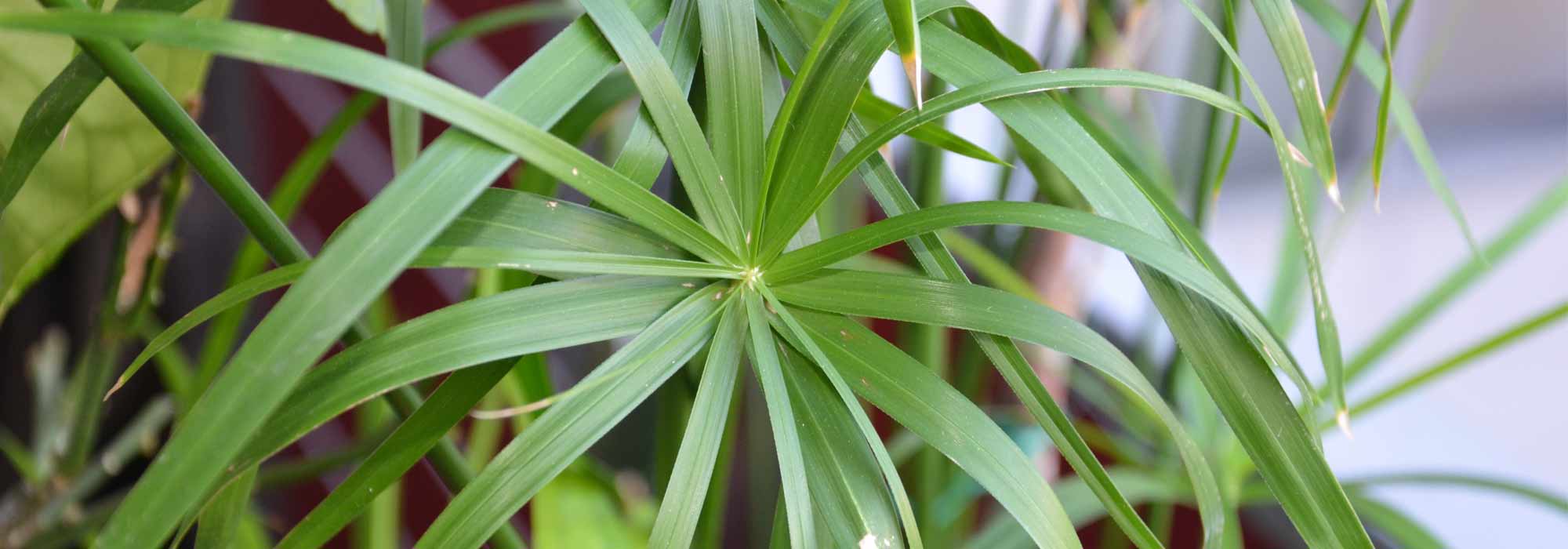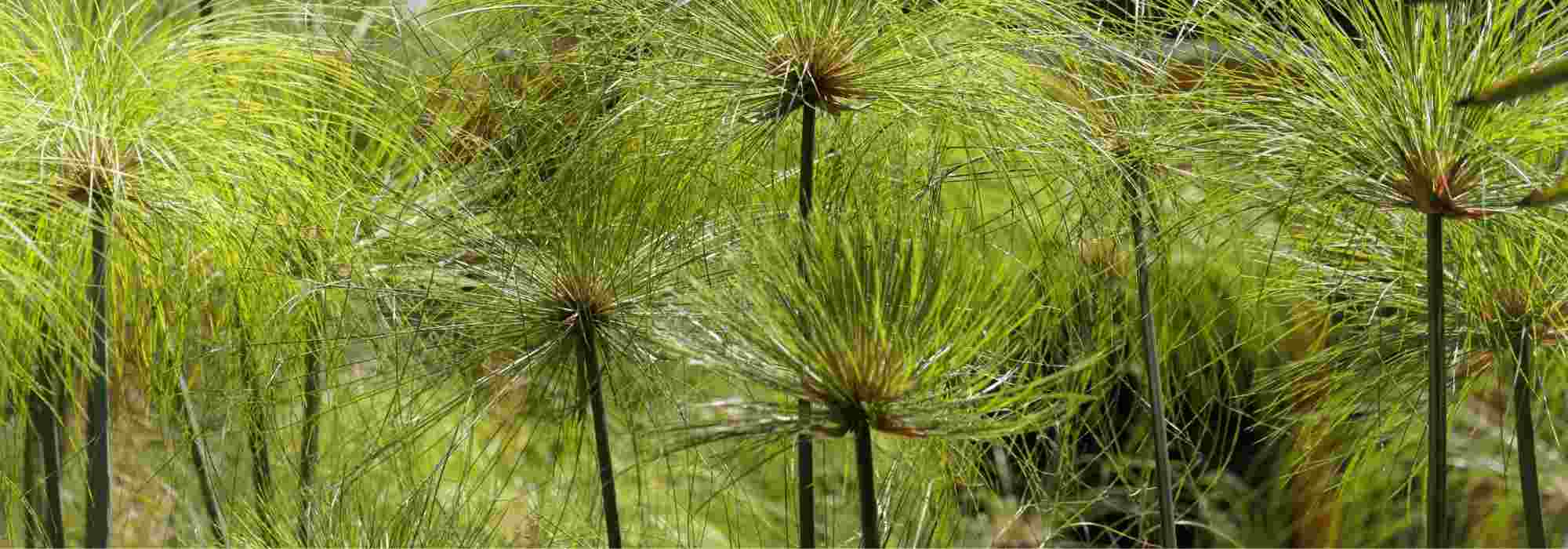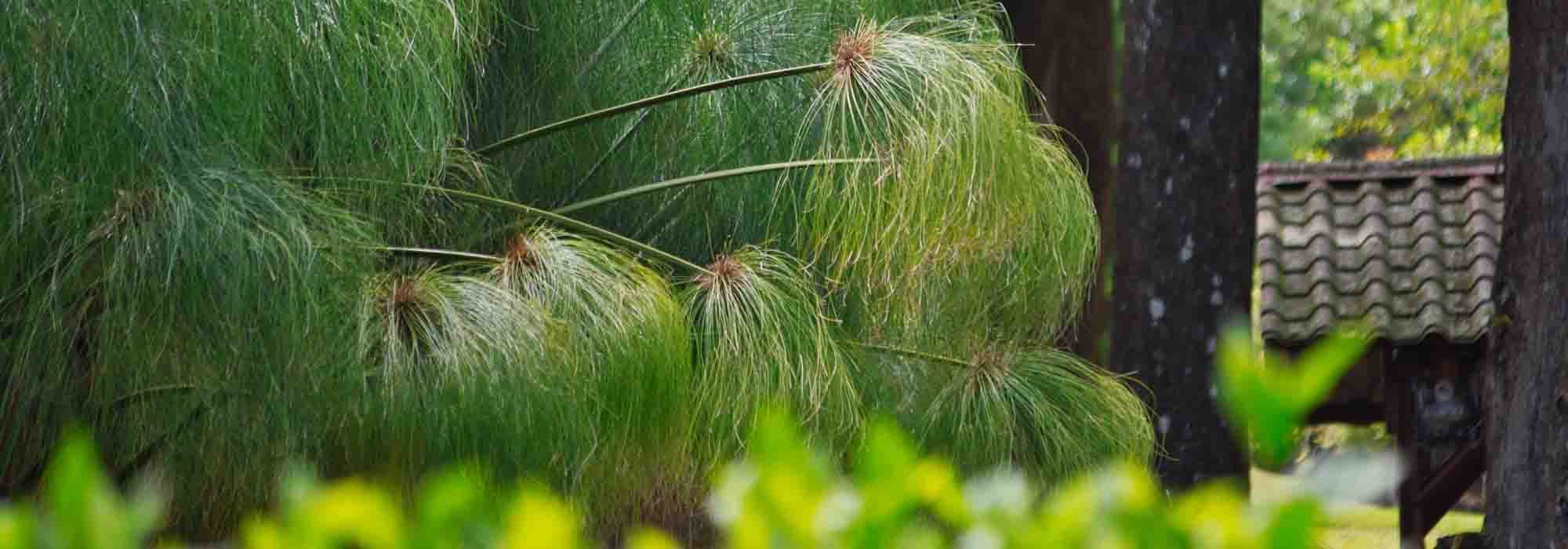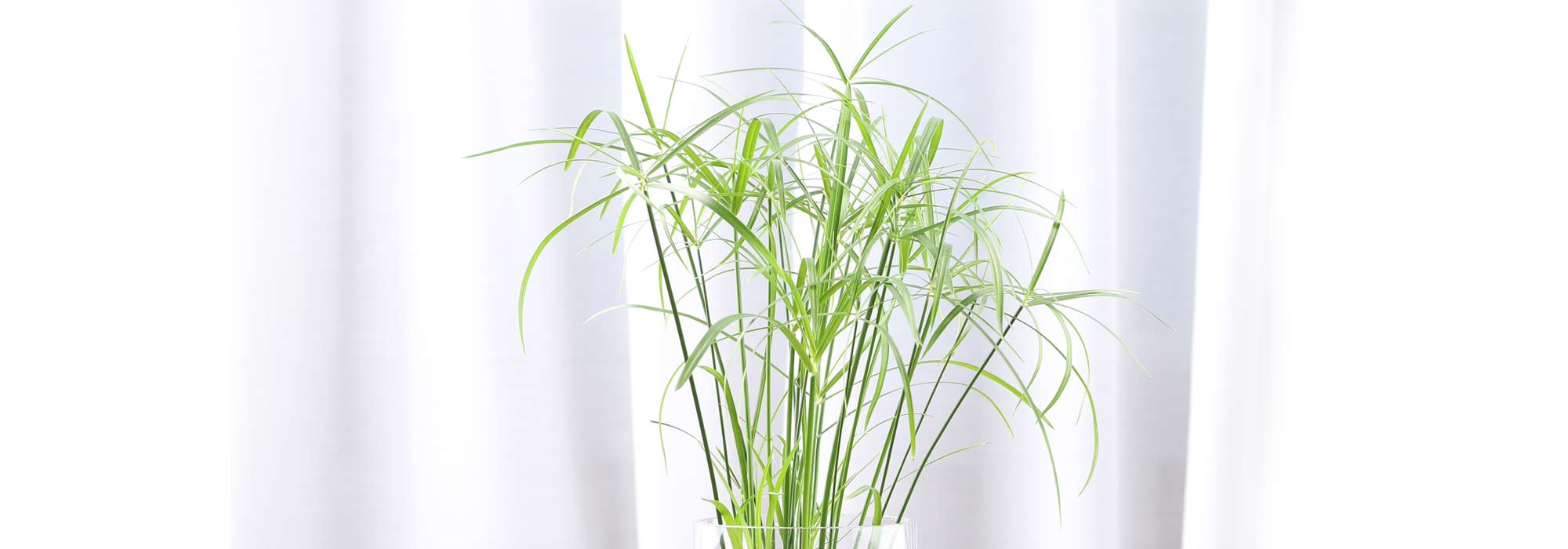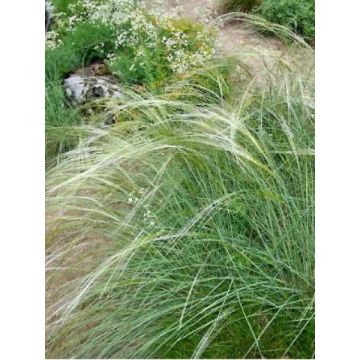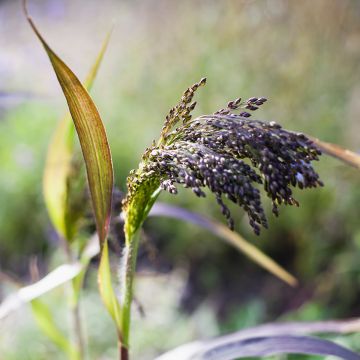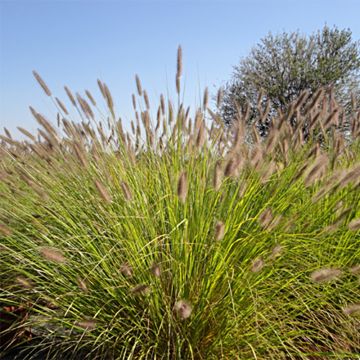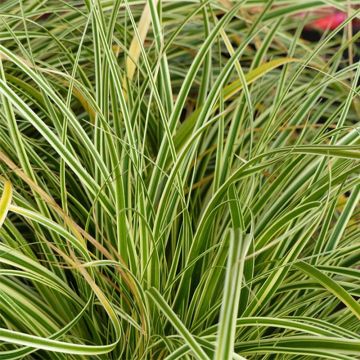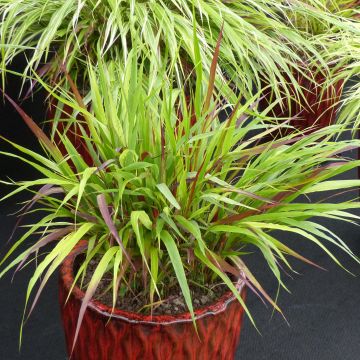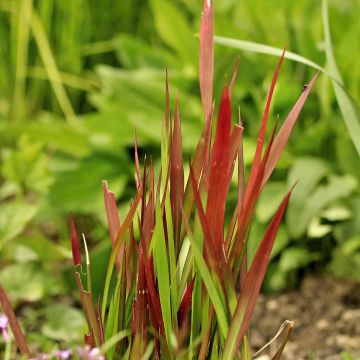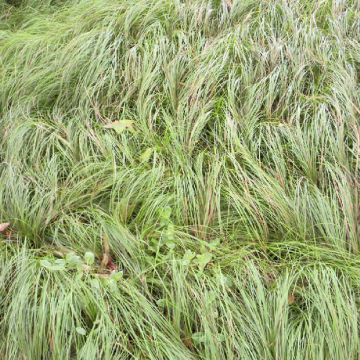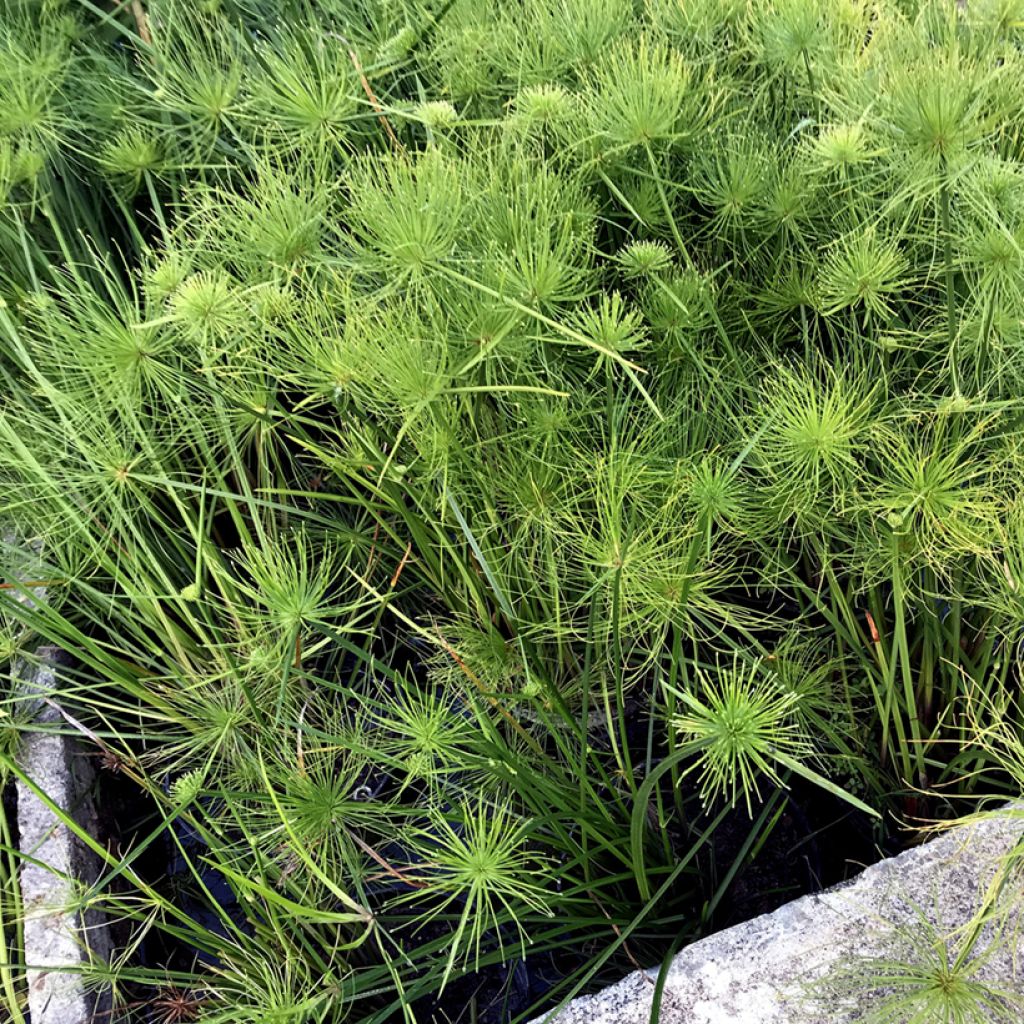

Cyperus haspan - Dwarf Papyrus
Cyperus haspan - Dwarf Papyrus
Cyperus haspan
Dwarf Papyrus
Special offer!
Receive a €20 voucher for any order over €90 (excluding delivery costs, credit notes, and plastic-free options)!
1- Add your favorite plants to your cart.
2- Once you have reached €90, confirm your order (you can even choose the delivery date!).
3- As soon as your order is shipped, you will receive an email containing your voucher code, valid for 3 months (90 days).
Your voucher is unique and can only be used once, for any order with a minimum value of €20, excluding delivery costs.
Can be combined with other current offers, non-divisible and non-refundable.
Why not try an alternative variety in stock?
View all →This plant carries a 6 months recovery warranty
More information
We guarantee the quality of our plants for a full growing cycle, and will replace at our expense any plant that fails to recover under normal climatic and planting conditions.
Description
Cyperus haspan looks exactly like the Nile Papyrus, but in a more compact version. Its upright stems bear delicate crowns of bracts at their tips. In addition to being exotic, this perennial plant is also very graphic. It can be planted with its feet in the water, at the edge of a pond, in a potted plant, on a patio, or as an indoor plant. It is hardier (from -5°C to -12°C) when its rhizome is submerged under 5 cm of water. Papyrus grown in pots should spend the winter in a veranda or indoors.
From the family of Cyperaceae, Cyperus haspan is native to the United States and Mexico, where it prefers wet areas. Cyperus papyrus, on the other hand, is native to the banks of the Nile. This aquatic perennial plant forms a clump of upright stems reaching 60 cm in height. Each stem bears at its tip thin green rays arranged in an umbel. In spring, around May and throughout summer, golden green spikelets appear on these crowns, turning brown when ripe. The leaves are insignificant, located at the base of the stems. Long and slender, they surround the stem.
This Dwarf Papyrus makes an excellent indoor plant in a bright room. Outdoors, plant it in a pot and remember to water it regularly. It is a plant that likes rich and moist soils. On the banks of a pond, associate your Cyperus haspan with Equisetum fluviatile, also known as Water Horsetail, to enhance its verticality, or with Thalia dealbata for an exotic touch. Add some colour with Filipendula purpurea, which has pink flowers, or a few Iris ensata 'Activity' with white and violet flowers.
Flowering
Foliage
Plant habit
Botanical data
Cyperus
haspan
Cyperaceae
Dwarf Papyrus
North America
Other Cyperus
View all →Planting and care
Cyperus haspan enjoys the sun or partial shade and the rich, moist soils of the edges of a body of water. It can also live with its feet in the water. Plant it in a basket filled with special aquatic plant compost that you will immerse under 5 to 10 cm of water. In ponds, its filtering power (phosphates, nitrates) is appreciated. It can also be planted in a pot to enhance a terrace. Water generously and regularly and apply fertilizer between April and September. Not very hardy (-5°C, or even up to -12°C when its rhizomes are planted under a few centimeters of water), it is preferable to bring your cultivated dwarf papyrus in a pot into a veranda or a bright room for the winter. It is also an excellent indoor plant that likes light without direct sunlight. Remove dead stems in autumn. It is resistant to diseases and parasites and tolerates air pollution and sea breezes well.
Planting period
Intended location
Care
Planting & care advice
This item has not been reviewed yet - be the first to leave a review about it.
Similar products
Haven't found what you were looking for?
Hardiness is the lowest winter temperature a plant can endure without suffering serious damage or even dying. However, hardiness is affected by location (a sheltered area, such as a patio), protection (winter cover) and soil type (hardiness is improved by well-drained soil).

Photo Sharing Terms & Conditions
In order to encourage gardeners to interact and share their experiences, Promesse de fleurs offers various media enabling content to be uploaded onto its Site - in particular via the ‘Photo sharing’ module.
The User agrees to refrain from:
- Posting any content that is illegal, prejudicial, insulting, racist, inciteful to hatred, revisionist, contrary to public decency, that infringes on privacy or on the privacy rights of third parties, in particular the publicity rights of persons and goods, intellectual property rights, or the right to privacy.
- Submitting content on behalf of a third party;
- Impersonate the identity of a third party and/or publish any personal information about a third party;
In general, the User undertakes to refrain from any unethical behaviour.
All Content (in particular text, comments, files, images, photos, videos, creative works, etc.), which may be subject to property or intellectual property rights, image or other private rights, shall remain the property of the User, subject to the limited rights granted by the terms of the licence granted by Promesse de fleurs as stated below. Users are at liberty to publish or not to publish such Content on the Site, notably via the ‘Photo Sharing’ facility, and accept that this Content shall be made public and freely accessible, notably on the Internet.
Users further acknowledge, undertake to have ,and guarantee that they hold all necessary rights and permissions to publish such material on the Site, in particular with regard to the legislation in force pertaining to any privacy, property, intellectual property, image, or contractual rights, or rights of any other nature. By publishing such Content on the Site, Users acknowledge accepting full liability as publishers of the Content within the meaning of the law, and grant Promesse de fleurs, free of charge, an inclusive, worldwide licence for the said Content for the entire duration of its publication, including all reproduction, representation, up/downloading, displaying, performing, transmission, and storage rights.
Users also grant permission for their name to be linked to the Content and accept that this link may not always be made available.
By engaging in posting material, Users consent to their Content becoming automatically accessible on the Internet, in particular on other sites and/or blogs and/or web pages of the Promesse de fleurs site, including in particular social pages and the Promesse de fleurs catalogue.
Users may secure the removal of entrusted content free of charge by issuing a simple request via our contact form.
The flowering period indicated on our website applies to countries and regions located in USDA zone 8 (France, the United Kingdom, Ireland, the Netherlands, etc.)
It will vary according to where you live:
- In zones 9 to 10 (Italy, Spain, Greece, etc.), flowering will occur about 2 to 4 weeks earlier.
- In zones 6 to 7 (Germany, Poland, Slovenia, and lower mountainous regions), flowering will be delayed by 2 to 3 weeks.
- In zone 5 (Central Europe, Scandinavia), blooming will be delayed by 3 to 5 weeks.
In temperate climates, pruning of spring-flowering shrubs (forsythia, spireas, etc.) should be done just after flowering.
Pruning of summer-flowering shrubs (Indian Lilac, Perovskia, etc.) can be done in winter or spring.
In cold regions as well as with frost-sensitive plants, avoid pruning too early when severe frosts may still occur.
The planting period indicated on our website applies to countries and regions located in USDA zone 8 (France, United Kingdom, Ireland, Netherlands).
It will vary according to where you live:
- In Mediterranean zones (Marseille, Madrid, Milan, etc.), autumn and winter are the best planting periods.
- In continental zones (Strasbourg, Munich, Vienna, etc.), delay planting by 2 to 3 weeks in spring and bring it forward by 2 to 4 weeks in autumn.
- In mountainous regions (the Alps, Pyrenees, Carpathians, etc.), it is best to plant in late spring (May-June) or late summer (August-September).
The harvesting period indicated on our website applies to countries and regions in USDA zone 8 (France, England, Ireland, the Netherlands).
In colder areas (Scandinavia, Poland, Austria...) fruit and vegetable harvests are likely to be delayed by 3-4 weeks.
In warmer areas (Italy, Spain, Greece, etc.), harvesting will probably take place earlier, depending on weather conditions.
The sowing periods indicated on our website apply to countries and regions within USDA Zone 8 (France, UK, Ireland, Netherlands).
In colder areas (Scandinavia, Poland, Austria...), delay any outdoor sowing by 3-4 weeks, or sow under glass.
In warmer climes (Italy, Spain, Greece, etc.), bring outdoor sowing forward by a few weeks.






























